#lemans
2017 Ford GT Entering 2016 24 Hours of Le Mans
Nearly 50 years ago, Ford threw down against Ferrari at Le Mans, sweeping the podium in so doing. Come 2016, Ford aims to do the same with the 2017 Ford GT.
Subaru Eyes Le Mans, Has None For Compact Crossovers
If any of you were hoping for a small crossover underneath the Subaru XV Crosstrek, you may breath now. The Pleiades-bedecked automaker has no plans for such a thing, as it has its sights on the Mulsanne Straight.
Capsule Review: Porsche 911 GT3 (996 Vintage)
Over an uncharacteristically lazy Labor Day weekend, I found myself chatting with Derek Kreindler about subjects near and dear to the apex of TTAC’s masthead: semiotics, the musical oeuvre of John Mayer, and – briefly – automobiles. Given my mild disappointment with Porsche’s newest mid-engined cars, he suggested a Porsche 911 GT3 from the 996 generation, pronouncing it “certified badass.” I protested that they were quite rare, and I’d never had the opportunity to drive one, but I’d check local listings to pacify him. Lo and behold, there was a Speed Yellow example on a used car lot less than 10 miles away from me. I called and confirmed that the car was still available; I could test drive it provided I arrived at the dealer within 30 minutes. I was out the door before the receiver went dead.
Franois Brure, Artiste Officiel Des 24 Hueres Du Mans
Some positions are dream jobs. Let’s say that you’re a car guy and that you like to paint and that you also happen to live in France. What could be a better job than being the official artist of the 24 Hours of LeMans race? François Bruère is that car guy and that’s his dream job. I first came across François while he was setting up his display at the automotive art show & sale that was part of the Concours of America at St. John’s festivities in suburban Detroit. Bruère has spent 30 years refining a style that combines hyperrealistic renderings of automobiles with sepia toned backgrounds, often historic, that give his work a distinctive, immediately recognizable style.
PSA Withdraws From Le Mans, Claims It's The Money
When a car company removes itself from Racing, it usually has one of two reasons:
- The company was luckless on the racecourse and just can’t stomach paying for losing.
- The company is in dire straits financially, and spending money for frivolous ventures such as car racing just doesn’t look right.
For France’s Peugeot, it’s both.
Could Fuel Efficiency Save Racing?
With Audi and Peugeot dominating the last several Le Mans races using diesel technology to outlast the competition, it seems that the famous French race is becoming the premiere stage for developing and highlighting the latest fuel-saving technology. And why not? Most marketing of new fuel-saving technology highlights the preserved performance and enhanced reliability as much as pure energy savings alone. And leadership in this suite of attributes is about to receive a little more competition, as Toyota announces that
In 2012, Toyota will take part in several races of the FIA World Endurance Championship, including the Le Mans 24 Hours, with a prototype “LMP1” car featuring a gasoline-electric hybrid powertrain.
Get Hyundai on board, and bring BMW’s new i brand into the mix, and the international racing business could be re-energized by the competition to demonstrate the perfect compromise between performance, reliability and efficiency. As many of the top racing series see declines in viewers and manufacturer participation due to their increasing irrelevance to mass-market vehicles and brands, the golden age of endurance racing could just be dawning.
Book Review: Sports Car Racing In Camera, 1950-59 by Paul Parker
A proper coffee-table car book ought to be heavy on the grainy action photos, light on the words, and include photographs of Škoda 1101 Sports and Renault 4CVs at Le Mans. Sports Car Racing In Camera, 1950-59 qualifies for inclusion in even the most crowded coffee-table real estate.
An Illustrated History Of Panhard
To many today, the French automaker Panhard (pronounced panAR) may be unknown or rapidly slipping into obscurity. But the story of this once renowned firm, one of the very earliest pioneers of the automobile is remarkable and more relevant than ever. It developed a distinguished series of ultra-efficient two-cylinder cars in the post war era that culminated in this tasty 24TC of 1967, the very last Panhard. It reflected the French approach to automobile making perfectly: innovative, eccentric, stylish, and all to often, out of the mainstream and financial success. But Panhard’s efforts were always highly memorable, advanced, and foreshadowed the cars of today and the future. Before long, we may all be driving updated versions of small, ultra-light and super-efficient 850 cc two-cylinder cars like this. And if this delightful and sporty coupe is anything to go by, it may be something to actually look forward too.
An Illustrated History Of Pontiac: Part I – 1926 To 1970
Grand Prix, GTO, Firebird, LeMans, Catalina 2+2, Bonneville. The names instantly evoke automotive excitement — provided you were an enthusiast between the ages of six and sixty during the sixties. For today’s pistonheads, these storied names; indeed, the entire Pontiac brand long lost its adrenal association long before it was euthanized. Bob Lutz’ attempts to inject some life into the once-storied excitement division all came to naught: GTO, Solstice and G8. He might as well have been mainlining meth into Pontiac, but decades of budget-priced, badge-engineered mediocrity had taken their toll. Pontiac’s fall from grace may not be the worst (best?) example of GM’s branding cataclysm, but it’s certainly one of the most emotive. Pass the Kleenex.





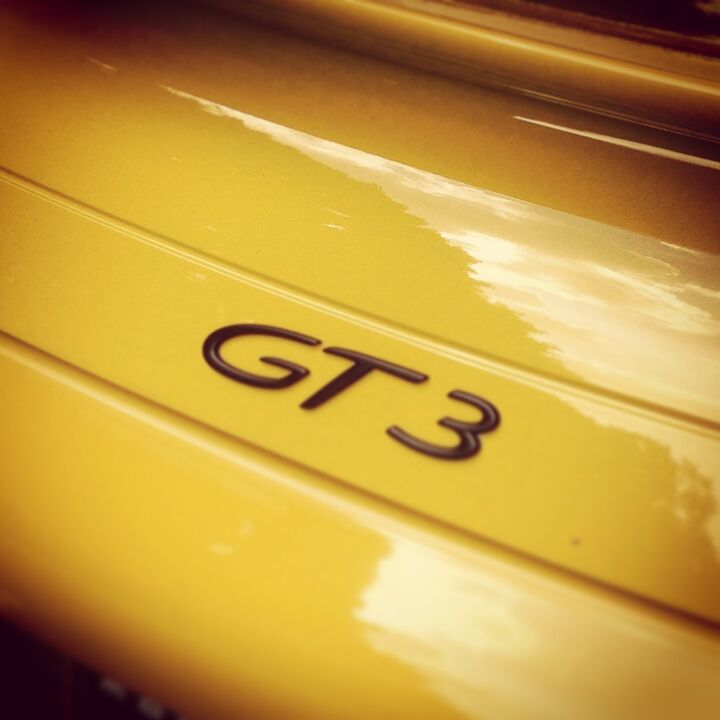
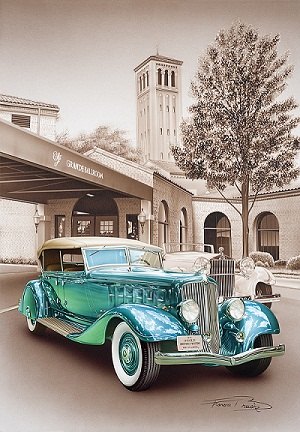
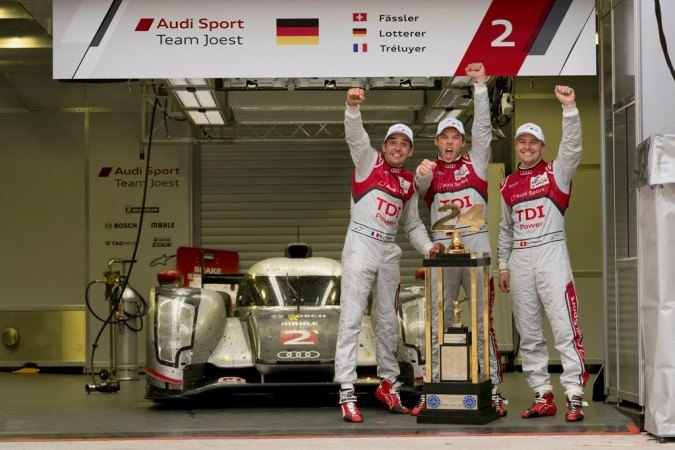

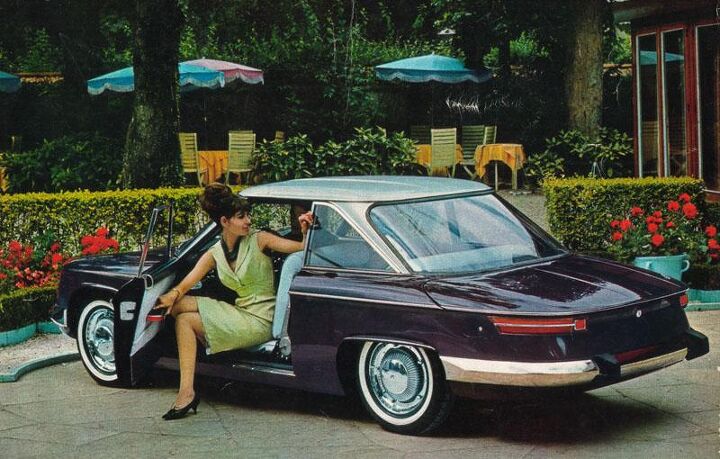
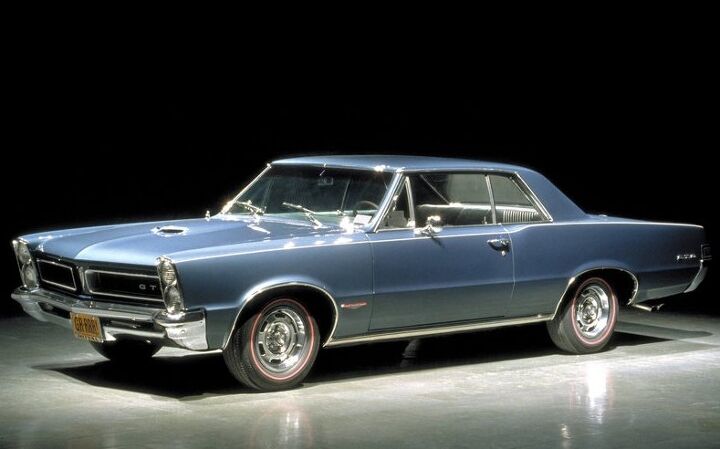












Recent Comments